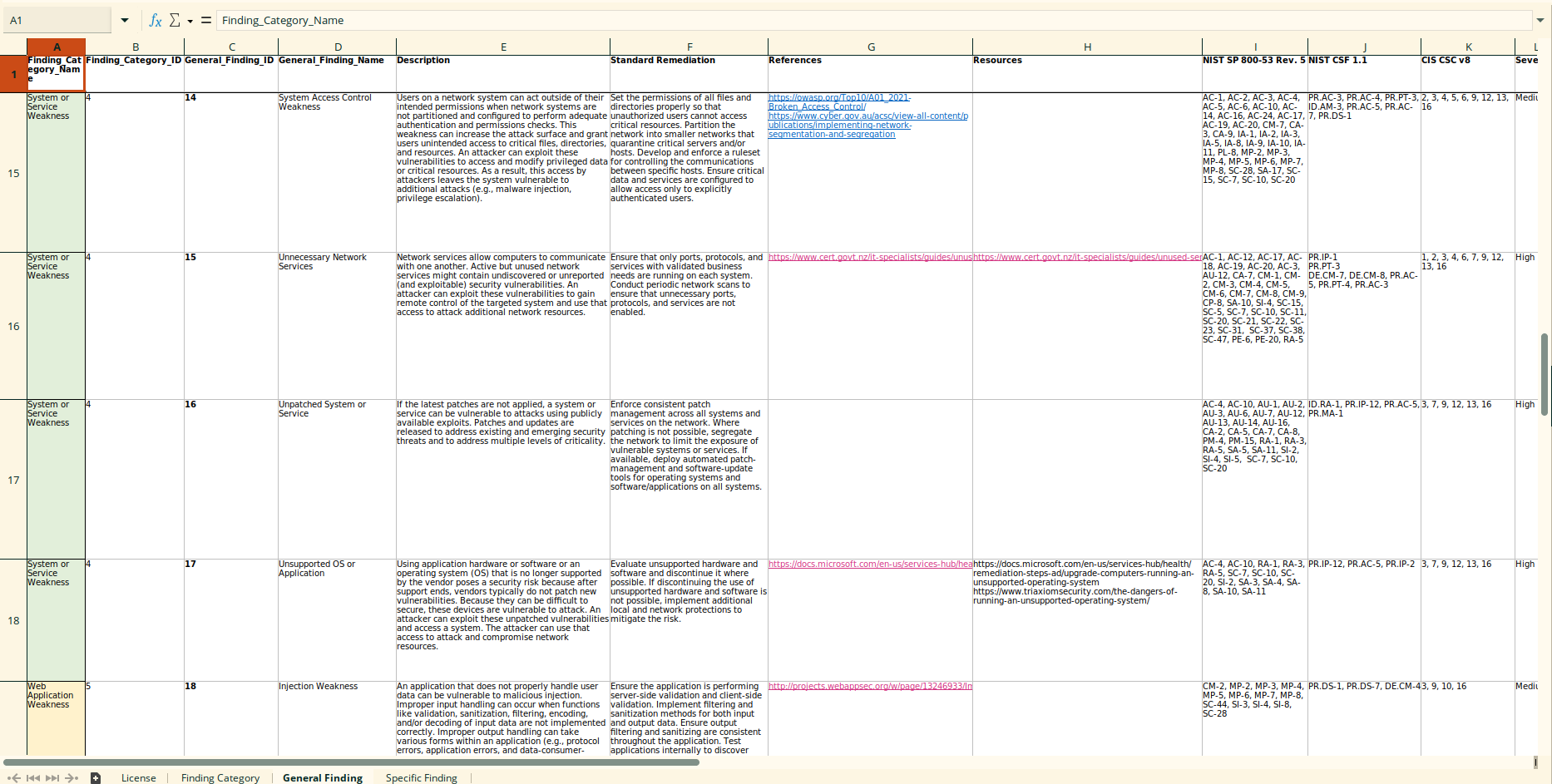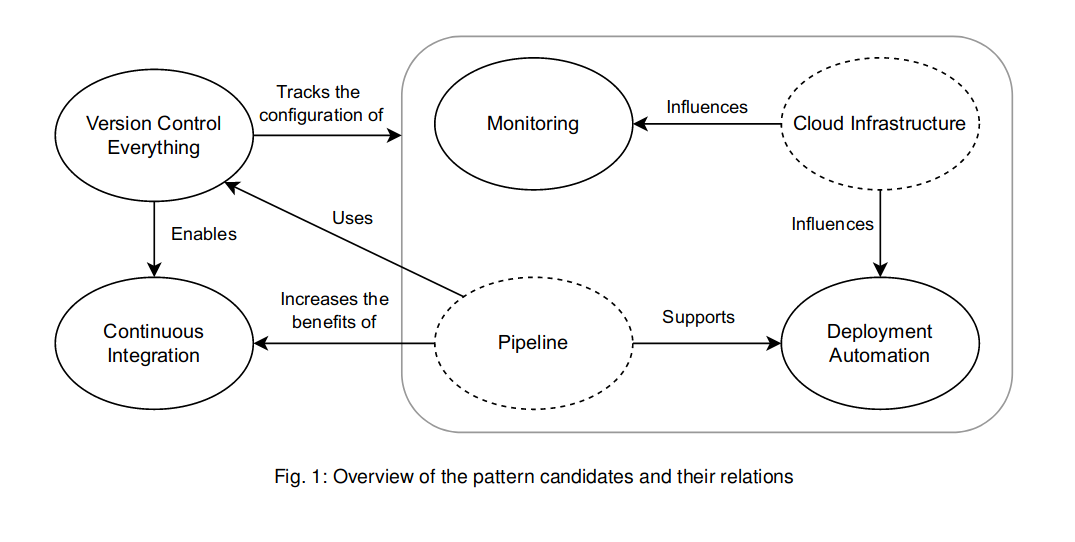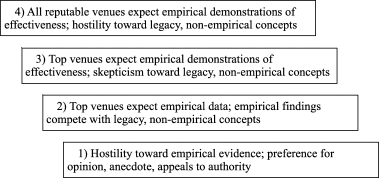Software Engineering
325 readers
6 users here now
Software Engineering is the systematic and engineered development of software in all its life cycle.
Rules
- Keep related to software engineering
- Keep comments on-topic of the post
- Try to post free/open access content
- Try to post content from reliable sources (ACM, IEEE, SEI, NN/G, ...), or useful content in general
- Relevant questions are welcone, as long they are genuine and respectful
- Be genuinely respectful, kind, helpful; act in and assume good faith
- No discrimination
- No personal attacks, no personal questions
- No attention stealing: no ads, spam, influencers influencing, memes, trolling, emotional manipulation/advertising (e.g. engagement through enragement or other negative emotions), jokes that dissipate the focus of the topic, ...
Resources
- Guide to the Software Engineering Body of Knowledge (SWEBOK) by IEEE Computer Society
- ISO/IEC
- Free licensed resources
founded 2 years ago
MODERATORS
26
27
28
29
30
31
32
33
34
35
36
37
38
39
40
41
42
43
1
The Big Five in Tech bet on modeling and low-code development (2023 edition)
(modeling-languages.com)
44
45
46
47
48
49
50


